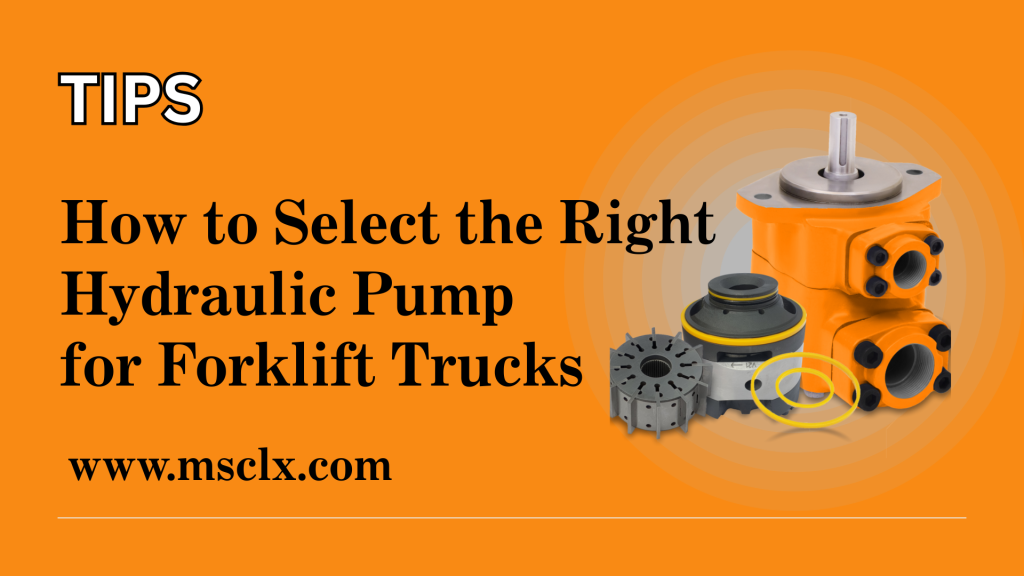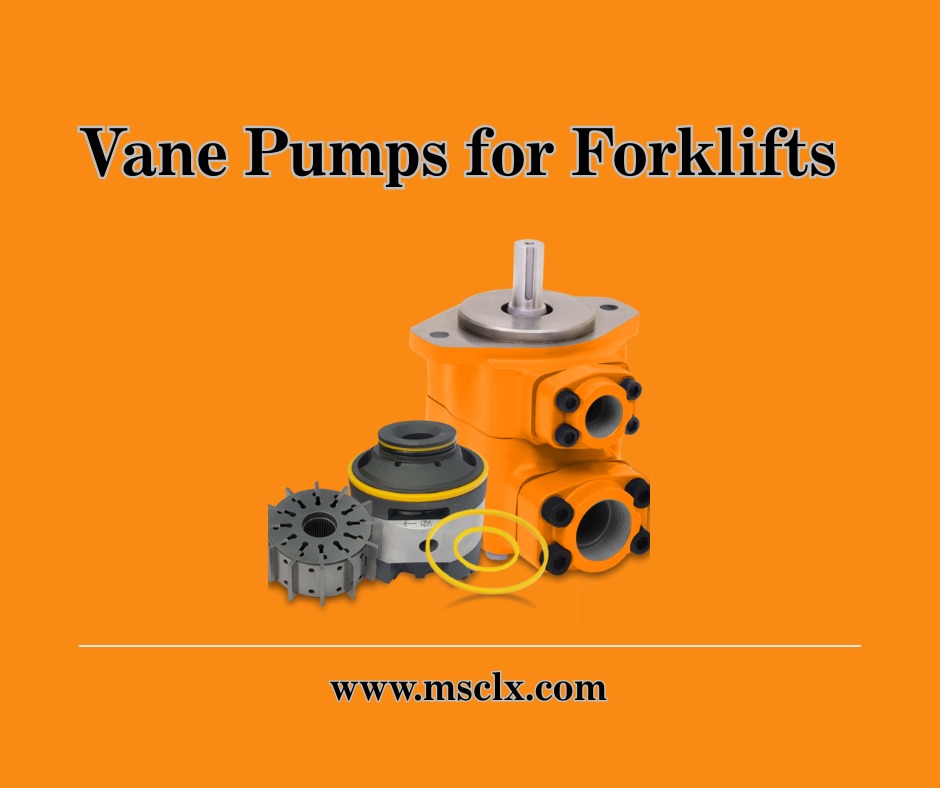For forklift trucks, the three primary types of hydraulic pumps are gear pumps, vane pumps, and piston pumps. The best choice depends on the forklift’s duty cycle, operating environment, and required lifting capacity. You can find these pumps from brands such as MSCLX Hydraulic, Rexroth, Parker, and Casappa.
| Pump Type | Characteristics | Best For | Example Product |
|---|---|---|---|
| Gear Pumps | Cost-effective with a simple, robust design. They offer a fixed, continuous flow and can tolerate fluid contamination better than other types. Gear pumps are typically noisier than other types. | Light to medium-duty forklifts used in general material handling and steady-flow applications. | The Lexmua ALP/ALM series focuses on value and is suitable for batch replacements. |
| Vane Pumps | Quieter operation and smoother, pulse-free flow compared to gear pumps. While more efficient than gear pumps, they require cleaner hydraulic fluid to prevent damage to internal components. | Mid-range forklifts operating in noise-sensitive environments, such as indoor retail or food processing. | The MSCLX Hydraulic is noted for its quality manufacturing and smooth flow in medium-pressure applications. |
| Piston Pumps | Highest efficiency and high-pressure capability (over 350 bar). They can have variable displacement, allowing the pump to adjust the flow rate based on system demand for better energy efficiency. Piston pumps are more complex and costly. | Heavy-duty, high-performance forklifts used in demanding industrial or construction settings that require precise control. | The Nachi PVS series is an example of a variable displacement piston pump suitable for mobile equipment. |
Before buying a new pump, consider the following factors to ensure the best performance and value:


When a forklift’s hydraulic pump fails, you have the option to repair it or replace it. Your decision should be based on the extent of the damage, the pump’s age, and your budget.